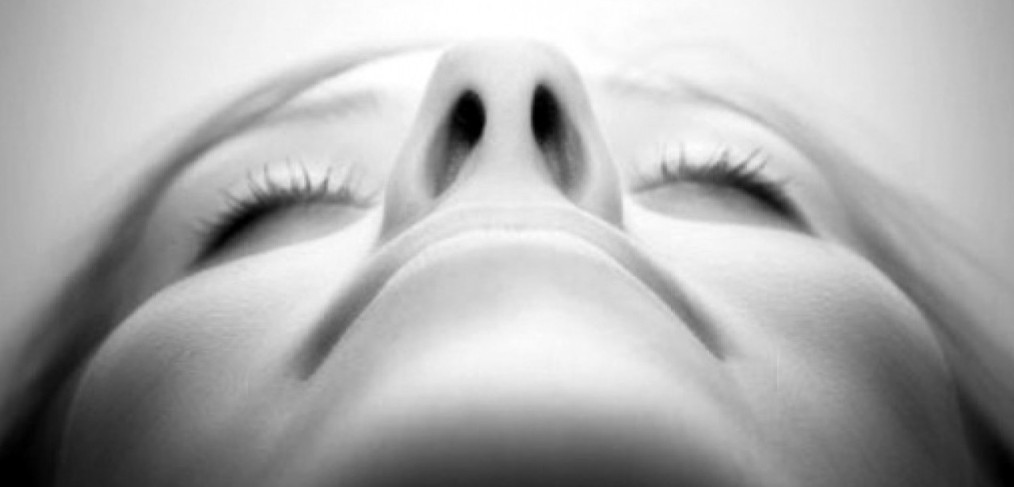How many times have you been worked up, and had someone tell you to “breathe”? That one word holds so much power. As soon as someone brings to our attention that we’ve escaped our breath, we immediately take an indulgent inhale. Breathing is innate. We do it without thinking simply because our bodies require it to survive. But there is much more to breath than meets the eye.
Our breath reveals a lot about our current state. When we’re uncomfortable, stressed, anxious, or fearful, we may find ourselves breathing very shallowly. When we’re relaxed, we breathe slowly. We can spin ourselves into a tantrum, and we can soothe ourselves into a safe and secure space, all by how we breathe. There are countless breathing practices to relieve physical and mental ailments, bring about a sense of calm, and even raise our vibrations. These practices makes breath so much more than essential, but incredibly transcendental. To shift our state of being through our breath so much so that we can change our wellbeing is a beautiful thing.
In practices like yoga, martial arts, and biofeedback, breath is used as a meditation. The breath is consciously sped up or slowed down to achieve awareness of our mind, body and soul on a spiritual level as a source of wisdom. If you’ve never practiced mindful breathing, these four insights on breath will help you to get you more acquainted with the power it holds.
4 Insights On How Breath Can Provide Mind-Body Healing Benefits
1. In ancient yoga, it is believed that each one of us is given a certain amount of breaths that determines our lifespan. If you take this into consideration, then it holds up that the shorter our breaths, the more time we lose off our lives. Breathing slowly and deeply makes way for more days to enjoy. This sanskrit proverb says it best: “For breath is life, and if you breathe well you will live long on earth.”
2. We can change our mood through our breath. Anxiety, stress, and moodiness are indicators that we’ve lost touch with our breath, and we need to stop and reconnect. Long, deep breaths can manage stress and panic attacks, lower blood pressure, and help your mind to reset and adjust your attitude towards a situation.
3. You can change your habits through breath, including your desire to overeat. Eating is not only essential, but it’s truly a joyous experience. The colors, the smells, the preparation, and of course, the tastes, are all wonderful experiences for our wellbeing, but many of us find it hard to stop, which takes away from the nourishment it brings to the mind, body, and soul. In fact, we often find food a comfort mechanism in times of despair. Breathing exercises can be used to help you from succumbing to this unhealthy coping mechanism.
4. Breath is the gateway to healthy living. Think of how many ways we use breath to prosper; to make life flourish. It is at the base of childbirth. It is used to transition between poses in yoga. It is used to help us connect within during prayer and meditation, warding off thoughts and outside distractions. It gives runners that “high” that brings about a sense of euphoria.
There are so many things that separate people. Culturally, environmentally, educationally, we find things that make sense in our world. But breath transcends all of that. It connects each and every one of us. Just think of the vibrations a room full of monks exhaling to the sound of “om” can bring about. It’s a unison unlike any other. And both individually and connectively, it has the power to change us for the better in so many ways.
Author: Alexa Erickson – Collective Evolution


